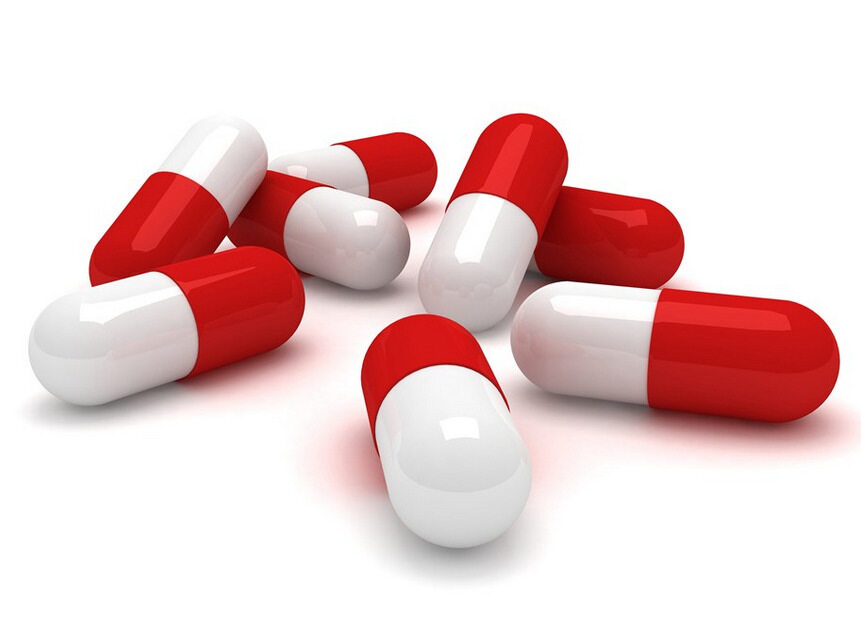A capsule is a preparation in which a solid or semi-solid drug is filled in an empty capsule. The medicament has the characteristics of beautiful appearance, easy swallowing and easy absorption. The current capsule filling process is mainly mechanical, pure manual and capsule filler filling. The automatic capsule filling machine is expensive and is generally used by large pharmaceutical companies. Pure manual filling is inefficient and has a large difference in loading. Therefore, filling with a capsule filler is the most economical and convenient way. During the filling process, the following points need attention.

1. Selection of empty capsules
Empty capsules are available in eight different sizes depending on the volume. (Specific specifications can be found in the Empty Pill Capsule Size Chart.) Because of the specific gravity, crystallization, fineness and dosage of various drugs, the volume is different. Therefore, it is necessary to select suitable capsules according to the characteristics of different drugs.
2. Application of capsule filler
The capsule filler is generally made of plexiglass and consists of a panel and a bottom plate. The holes in the capsule filler are made according to the size of the capsule, so it is necessary to pay attention to the corresponding capsule model at the time of purchase. Before use, it is necessary to confirm that the height between the panel and the bottom plate is moderate, and it is generally preferred that the capsule does not emerge from the panel. If this height is too short, the capsule will exceed the panel, affecting the filling effect; and it is not conducive to the capping; if it is too long, the capsule will be dumped.
3. Choice of drug powder
When filled, the fluidity of the powder has a large effect on the filling effect. In general, the greater the degree of pulverization of the powder, the greater the difficulty of filling. Because the fine powder is easily retained on the surface of the capsule, it causes insufficient loading.
4. Capsule-filled environment
Capsules are generally based on gelatin. The amide group (--C-N--) on the gelatin molecular peptide chain has poor stability and is easily hydrolyzed and cleaved under certain conditions, so that its molecular weight is low. Gelatin is relatively stable in dry air and is easily broken down by bacteria in humid environments. Considering various factors, the gelatin capsule should be controlled at room temperature to about 25 °C. Relative humidity of 30%-40% can effectively prevent the capsule from softening or hardening. In addition, it must be operated under aseptic conditions during filling.


